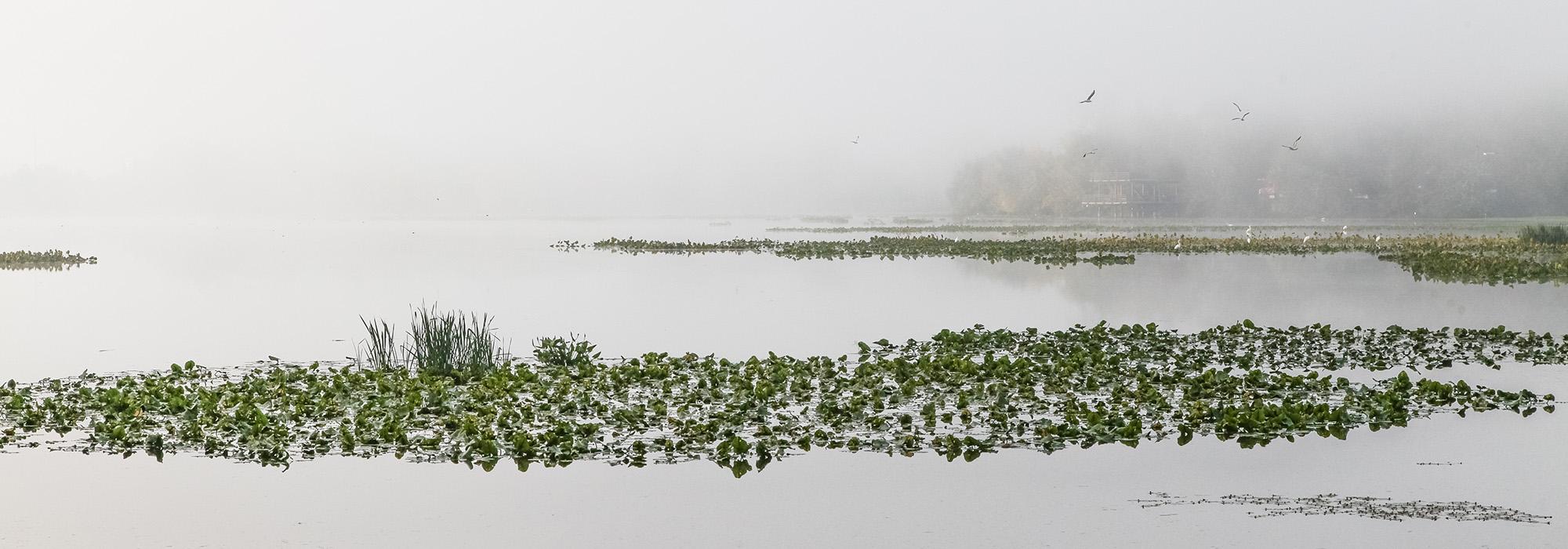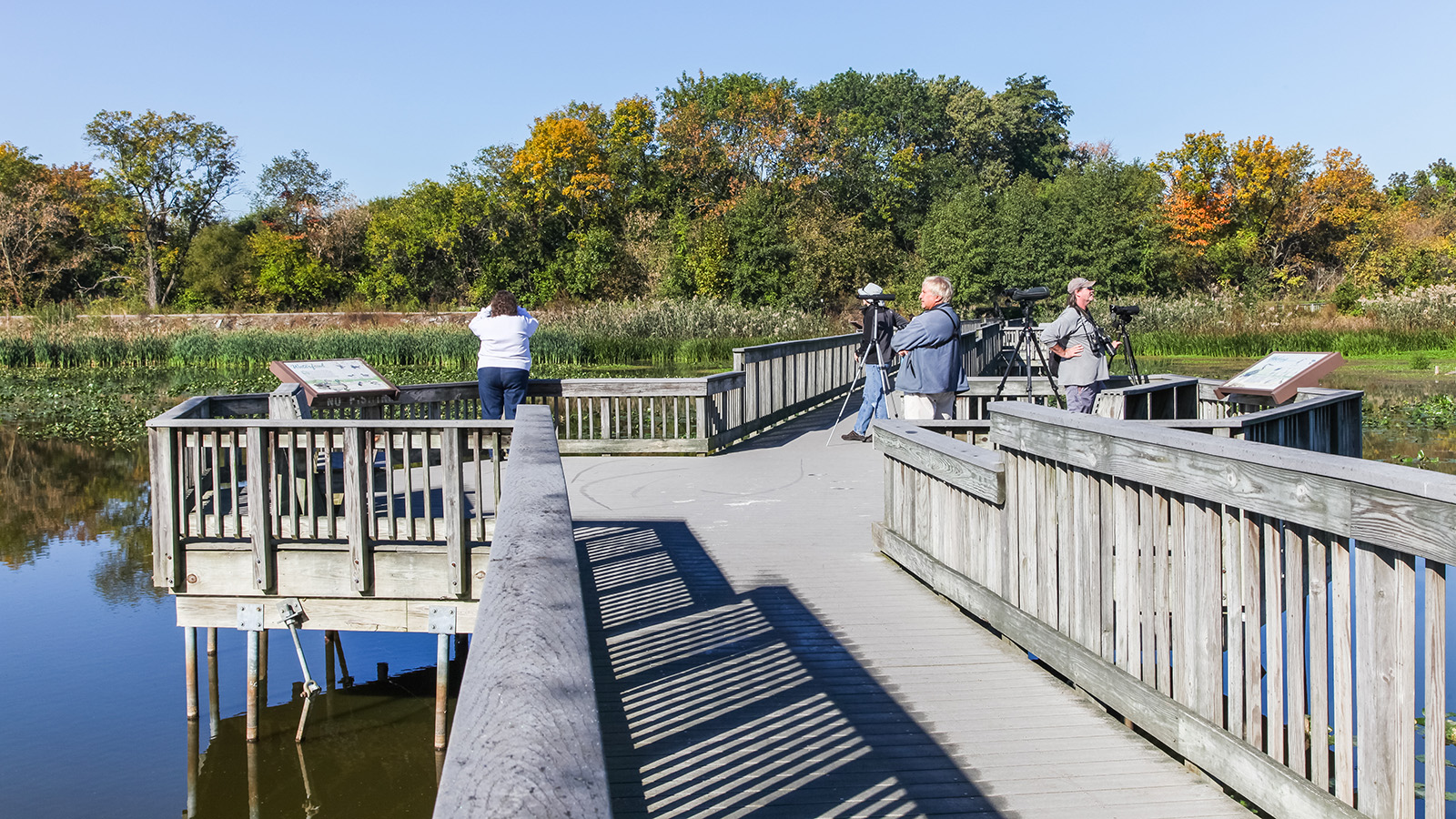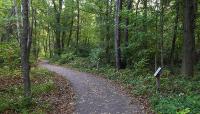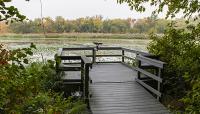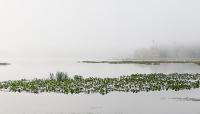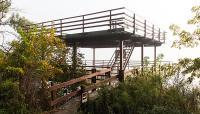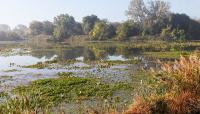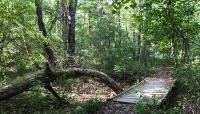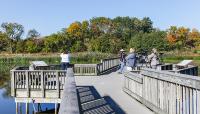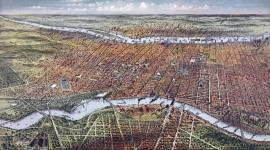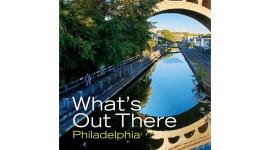Landscape Information
Located in southwest Philadelphia along the Delaware River, this 1,000-acre wildlife refuge protects one of the largest freshwater tidal marshes in Pennsylvania. It is likely that the area was utilized by Native Americans for gathering, hunting, and fishing. Tinicum Township, a five-square-mile area bordered by the Delaware River and Darby Creek, was settled in 1634 by Swedes, who developed an extensive system of ditches and dikes to drain the marsh for agriculture. Although the wetland once encompassed more than 5,000 acres, draining and infilling had reduced the marshland to a mere 200 acres by the mid-twentieth century. In the 1930s, the Works Progress Administration and the U.S. Army Corps of Engineers repaired dikes and drained marshes to control mosquito populations.
In 1955, a 145-acre section of the marshland was donated by the Gulf Oil Company to the City of Philadelphia and preserved as a habitat for migratory waterfowl. In the 1960s, citizen activists successfully campaigned to have an interstate (then under construction) rerouted to protect the marshland. In 1972, the refuge was established through an Act of Congress. Periodic acquisitions, some of which were enabled through the Land and Water Conservation Fund, have resulted in the expansion of the site to include creeks, fields, and a managed pond. In 1991, the site was named for Senator John Heinz, who had been active in the conservation of the marsh. Comprising wetland, woodland, meadow, and aquatic habitats, the refuge includes boardwalks, viewing platforms, and more than ten miles of trails. In 2003, some nine-acres surrounding an environmental education center were developed by landscape architectural firm Andropogon Associates. The site was designated a National Natural Landmark in 1965.



